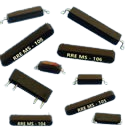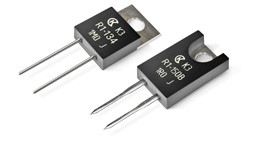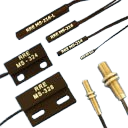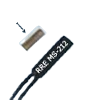We specialize in designing and delivering customized power supply solutions tailored to the specific needs according to your requirements. This includes variable output voltages, power levels, and form factors to meet a wide range of applications.












advancements in solid-state batteries, lithium-sulfur batteries, and other emerging technologies for potential improvements in energy density, safety, and overall performance.
Battery balancing involves equalizing the charge among individual cells in a pack to prevent overcharging or over-discharging of any cell. It’s crucial for maximizing the lifespan and performance of the entire battery pack.
Military batteries undergo extensive testing, including temperature cycling, vibration testing, shock testing, and high-rate discharge testing. These tests ensure that batteries perform reliably under the extreme conditions of military operations.
LDO regulators are advantageous in applications where minimizing energy loss is crucial, such as battery-powered devices.
A low self-discharge rate is crucial for devices with intermittent use, as it ensures the battery retains a charge over extended periods, minimizing the need for frequent recharging.
Military batteries are designed with advanced shielding and filtering technologies to minimize EMI and RFI, ensuring secure and interference-free communication in critical military operations.


Accessibility
visibility_offDisable flashes
titleMark headings
settingsBackground Color
zoom_outZoom out
zoom_inZoom in
remove_circle_outlineDecrease font
add_circle_outlineIncrease font
spellcheckReadable font
brightness_highBright contrast
brightness_lowDark contrast
format_underlinedUnderline links
font_downloadMark links